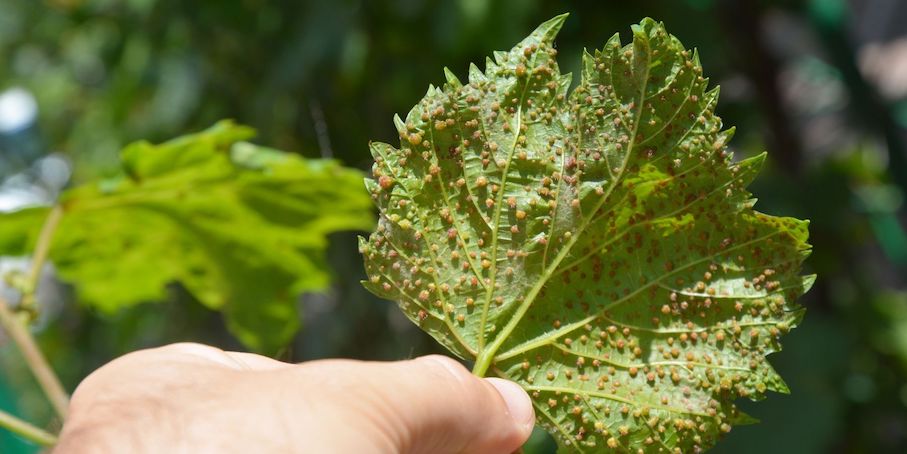Anyone who loves wine has heard of phylloxera at least once. Let's see what it really is, and how it influences the wine that enters our glass. Because it's about the pleasure of using precise terms but also of understanding the outcomes of an event that changed the history of world wine.
Let's see what phylloxera is, which is linked to a fundamental event in the history of wine, and is connected to another interesting concept: that of the ungrafted vineyard. If you want, they are two sides of the same coin.
What is phylloxera?
It is an insect of the aphid family ( Phylloxera vasttrix ), of American origin, which feeds on plant organisms: it is known in the wine world for attacking the vine.

What damage does phylloxera cause?
Phylloxera attacks the roots and leaves of the vine by feeding on the juices of the vine and attacking the leaves and roots of the vine. It is recognized because it forms knotty galls, real "knots". The damage is created by the attack of the roots because it compromises their ability to absorb vital substances.
When did phylloxera arrive in Europe?
From North America, phylloxera arrived in Europe (first detected in France) in the mid-19th century with infected cuttings.
Here, it led to an extraordinary loss of vineyards and a major crisis in viticulture. In Italy, over 2 million hectares of vineyards have been lost, in France around 2.5, for a loss of well over 50% of the European vineyard.
How did the winemakers react to the phylloxera attack?
Phylloxera was discovered for the first time in France in 1863: research began immediately beyond the Alps, which was continued and expanded in the United States , where the solution was found after about two decades.
The idea was to exploit the resources of the country from which the threat came, because over the years the American vine had developed a resistance to phylloxera (thanks to a sap released by the roots which repels the insect's attacks). To combat phylloxera, the European vine is grafted onto the American one .
– Read also: what is a cutting
What is American grapevine?
The American grape is an ancient variety of Vitis Labrusca , also called "strawberry grape".
Have you tried making wine from American vines?
Yes, but the wines from American vines were of poor quality , characterized by an intense strawberry smell. The American vine is rather used to produce table grapes.
Consequences of the phylloxera attack
Beyond the loss of vineyard and the initial difficulty of finding a solution, one consequence is that today it is very rare to have old vineyards .
Are there vineyards that have never been affected by phylloxera?
Yes, and here the ungrafted vineyards are found, without grafting. In Chile , in various areas of Australia . In Italy: in some small portions such as in the high altitude areas of the Aosta Valley , on the volcanic soils of Etna and on the island of Pantelleria , in Sicily, in the Sulcis and in Oristano , in Sardinia, in the Campi Flegrei , in Campania, in the sandy soils of the Po Delta , in the Ferrara area, in the little-known area on which the very peculiar Bosco Eliceo DOC falls.
Without the American rootstock, wine would not exist today except in the very few places in the world where the insect has not yet arrived.
A toast is all there is to it.




